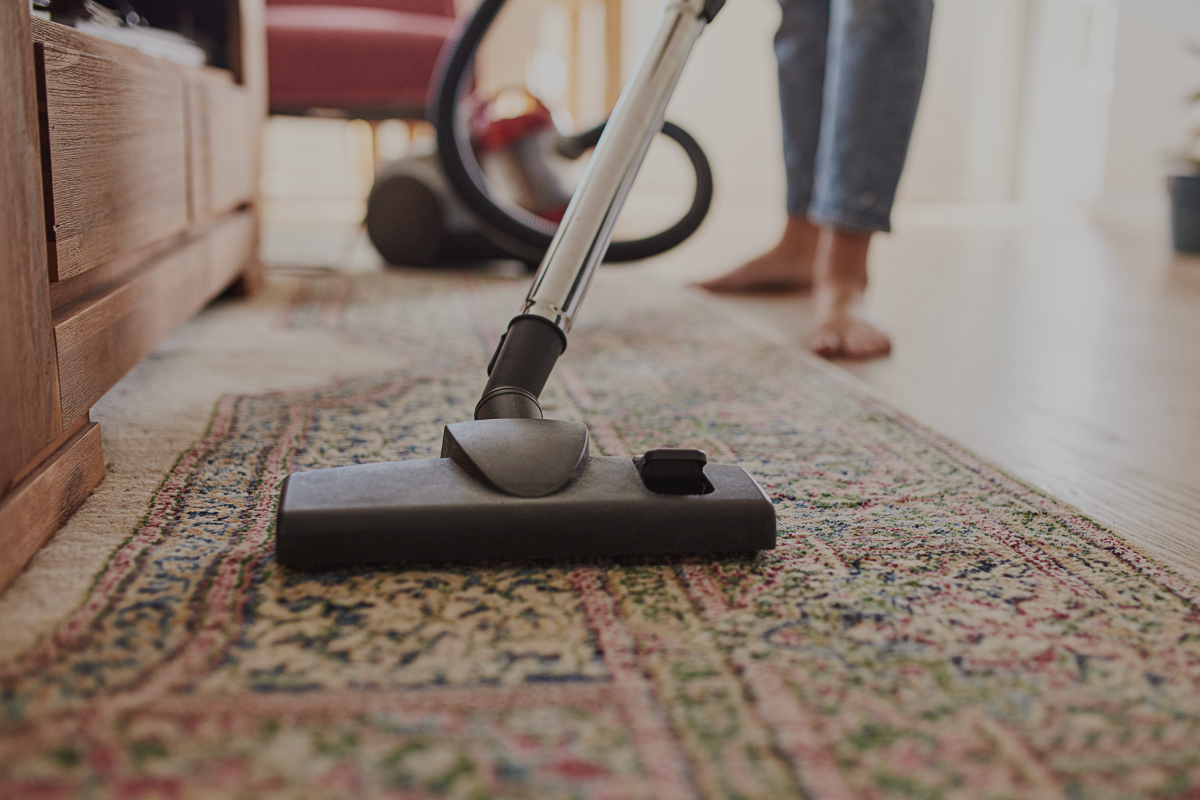A doctor asked his patient to have her home tested for MOLD based on test results and her symptoms. The symptoms included continual sinus issues, puffy eyes, and coughing. The home in question was a beautiful 2-story condominium in a gated community. This multi-million-dollar residence was impeccably furnished and had no evidence of water intrusion. Extensive mold testing was performed throughout the condominium trying to identify the issue causing the discomfort.
The testing data pointed to a normal MOLD level everywhere in the residence. On top of the mold results, the visual inspection found no evidence of water related issues.
The only unusual data points from the testing were the skin cell fragment counts. The cassette used to sample airborne mold also can detect and measure skin cell fragments. The areas of the home where the homeowner spent most of her time had significantly elevated levels of skin cell fragments, some 40 times higher than normal levels.
What was believed to be a MOLD issue now became a completely different problem.
Humans naturally shed skin cells and they are collected and removed by general cleaning methods such as vacuuming, washing bed linens, blankets, and dusting. However, when skin cells continue to collect, they create a food source for another microscopic critter, dust mites.
Dust mites use skin cell fragments as their food source. As more skin cells collect, more dust mites multiply. Its nature’s way of cleaning. However, the dust mites’ cleaning process can cause health issues for those inhaling proteins in dust that comes from dust mite feces, urine, or decaying bodies. Any inflammation of the nasal passages caused by dust mites is considered a dust allergy.
Dust mites can live in the bedding, mattresses, upholstered furniture, carpets, or curtains in your home. Dust mites are nearly everywhere; roughly four out of five homes in the United States have dust mite allergens in at least one bed.
Unlike pet allergens, dust mite allergens do not usually stay in the air. Instead, the allergen settles quickly into dust or fabrics. These allergens cling to bedding, mattresses, upholstered furniture, carpets, and curtains, which also serve as nests. Most exposure to dust mite allergens occurs while sleeping.
In severe cases, humans can experience persistent sneezing, coughing, congestion, facial pressure or even a severe asthma attack.




